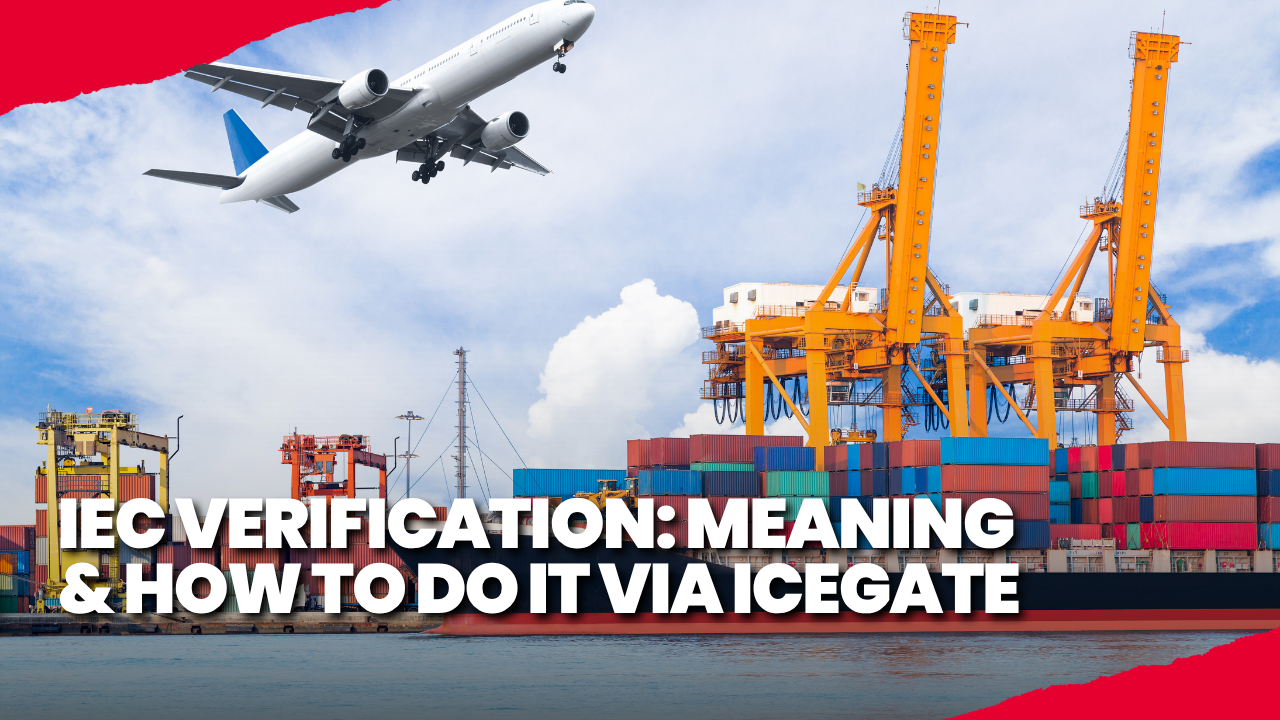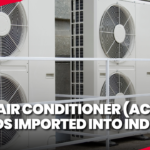
An IEC (Importer Exporter Code) is one of the most important things you need to import and export goods in India for business. But having that code isn’t enough; you also need to check it and ensure its information is current. India’s Customs and CBIC run ICEGATE, an internet platform that is very important for this. As India speeds up its move to digital trade, IEC ICEGATE handles millions of user transactions every year, helping over 1.6 lakh users and 12.5 lakh buyers and exporters. This shows how important digital customs infrastructure is now.
What is ICEGATE, and what is IEC?
The Directorate General of Foreign Trade (DGFT) gives each importer and exporter a unique 10-digit code called an IEC. It gives businesses that bring things and services into or out of India a license or identity. Except in specific exemption cases, importing or exporting without a valid IEC is illegal.
India’s Customs Department’s main website is called ICEGATE. Notable import-export services, including e-filing documents, status tracking, customs payments, and more, can be done online.
When you use IEC verification or IEC status enquiry, you can check to see if your IEC is correctly registered in customs records and to see if it’s current, suspended, or canceled.
Why it’s essential to have IEC verification
There are real consequences for not verifying your IEC ICEGATE.
- If your IEC is not verified or current in ICEGATE records, customs may refuse to clear your shipment, or it may take longer than expected.
- Make sure that the name, address, and PAN mapping information entered with DGFT match what is in the customs database. Messes often lead to problems.
- You can check to see if your IEC has been canceled, stopped, or put on a negative list. Status amounts like “normal,” “suspended,” and “cancelled” are shown by ICEGATE.
- It helps business owners keep their records clean, make changes as needed, and stay out of trouble during audits or checks by authorities.
- Partners, banks, and customs officials will trust that your business follows the rules if it has a verifiable IEC status.
How to Check IEC ICEGATE, Step by Step
You can follow this simple process. If there is a mistake or mismatch, you should fix it (through DGFT, customs, or changing your IEC profile).
Step 1: Go to the page for ICEGATE inquiries.
Click on the “IEC status/license enquiry” link, which might say something like “Check IE Code/BIN Status” or “Enquiry on Licenses received from DGFT.”
Step 2: Enter your IEC number.
Type in the 10-digit IEC. Often, there is a dropdown menu or area where you can type in your company name or another identifier.
Step 3: Submit and Check Status
Press “Search” or “Submit.” The portal will give you information like the IEC’s state (normal, suspended, etc.), the date of registration, information about the branch, and whether the IEC is part of ICEGATE.
Step 4: Check Details Carefully
These are the important things to look for
- Status of the IEC (Active, Suspended, or Cancelled)
- Additional offices under the IEC
- Whether the IEC is mapped correctly (name, PAN, address)
- ICEGATE ID, role, and registration date (for the purpose of verifying ICEGATE registration)
Most Common Issues and Ways to Fix Them
You might find problems while checking. Here are some common ones and how to fix them.
- This usually happens when the IEC hasn’t been uploaded or synced to ICEGATE yet after being transmitted by DGFT. Either wait a few days or get in touch with the correct department.
- If the record on ICEGATE doesn’t match the record on DGFT, you can ask customs to change their record by making a correction request in your IEC profile.
- If your status says “suspended” or “blacklisted,” you’ll need to find out why (noncompliance, not updating every year, etc.) and ask for reactivation or correction.
- Branch IECs or addresses with more than one entry don’t always appear. You should change your IEC profile or add information about the workplace.
- Sometimes, updates are not instantaneously reflected, even after they have been corrected. It could take a day or more to get information on customs and ICEGATE.
Also Read This: How Thailand Became a Top Exporter of Dog and Cat Food
How to Keep Your IEC Valid
To avoid trouble with verification later on, be proactive.
Update Every Year
Every year, usually between April and June, make changes to your IEC information (like adding branches or changing your address). If you don’t update, you could be deactivated.
Adjust PAN and GSTIN
Use ICEGATE’s “IEC GSTIN Mapping” service to ensure that your IEC is correctly mapped with your PAN and, if needed for customs, mapped with your GSTIN.
Regularly check the status.
As a safety measure, you should check your IEC status on ICEGATE every few months.
Quick fixes
If you see a mismatch or any other status problem, you should fix it right away through DGFT/Customs instead of waiting.
Changes to a document
When you make changes or updates, record the conversation, updates, and reference IDs.
Wrapping It Up
IEC verification through ICEGATE is necessary for any Indian business that imports or exports goods. It makes sure that your code is appropriately registered, working, and in sync with all trade and customs systems. If you skip this step or ignore problems, the shipment could be held up, rejected, or cause problems with the authorities.
By going through the steps of verification, fixing any problems, and keeping your IEC profile up to date once a year, you can protect your business and make sure that trade runs efficiently and correctly.
FAQs
To check your IEC status or license, go to the ICEGATE portal and enter your 10-digit IEC number. You will then see the state (active, suspended, or cancelled) and other information.
Your IEC may be suspended because you didn’t follow the rules or missed the yearly updates. You must use DGFT to update your IEC and request that it be activated again.
Yes. IEC holders have to change their information once a year, usually between April and June. If you don’t update, you could be deactivated or suspended.
Also Checkout Our YouTube Channel: @limeinstituteofexportimport






